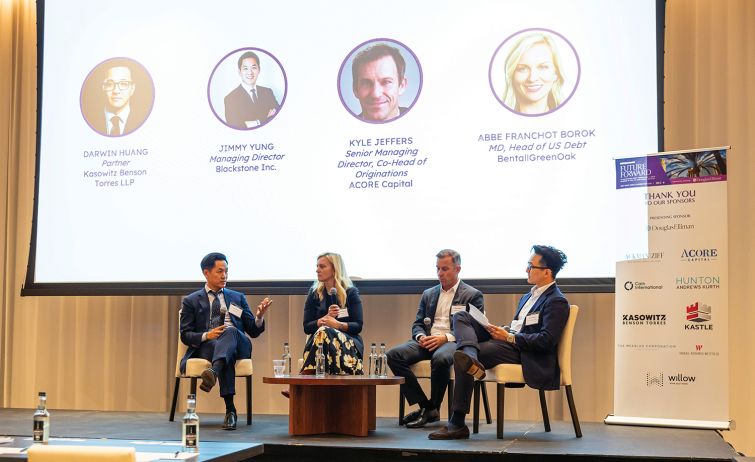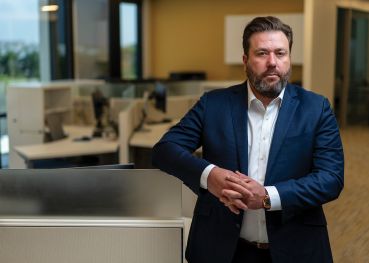Lenders Talk Soft Office Market, Signs of a Slowdown at CO’s Future Forward LA
By Rey Mashayekhi December 8, 2022 1:55 pm
reprints



At Commercial Observer’s Future Forward Event in Los Angeles on Tuesday, some of the top real estate lenders agreed on one sentiment: It’s hard to finance an office transaction these days.
“We just don’t do it,” said Kyle Jeffers, senior managing director and co-head of originations at Acore Capital. Jeffers acknowledged that commercial office properties are “an easy asset class to pick on right now” as office tenants continue to adapt to a post-pandemic world.
“People aren’t coming back to the office — and if they are, [companies] probably don’t need as much space [as they used to]. It’s just a really complicated asset class to lend on right now,” Jeffers said. “It has to be really safe and bulletproof to do an office deal today.”
Abbe Franchot Borok, managing director and head of U.S. debt at BentallGreenOak, compared current office market dynamics to those faced by retail in recent years, when e-commerce disrupted the traditional brick-and-mortar model and landlords had “to find ways to meet changing customer needs.” While the Sun Life-owned BentallGreenOak is not yet “redlining” the asset class as untouchable, Franchot Borok noted that “we’re just not seeing many deals” in the sector.
Blackstone (BX) managing director Jimmy Yung echoed the sentiment, adding that the work-from-home paradigm has “accelerated” what he called “the bifurcation in [office] asset quality” — with newer, Class A office properties in urban cores outperforming older, Class B and Class C buildings.
“Class A, well-located office is going to see outsize demand, and the rest is going to have to figure out how to compete,” Yung said.
The lenders delivered a similarly nonplussed view on how general macroeconomic conditions are affecting the commercial real estate market. Yung pointed to how rising interest rates and a stronger dollar have made it “more difficult for foreign investors to invest in the U.S.,” while Jeffers noted that in a higher interest rate environment, investors have more options these days to put their money to work.
In turn, the panelists were generally downcast on the direction of transaction activity — and, consequently, lending volumes — heading into a new year. While Jeffers said there is simply “no way to project how lending volumes are going to be” in 2023, Franchot Borok predicted that there is “definitely going to be less transaction volume” overall, with a larger share of deal volume coming from “recapitalizations or opportunistic refis” for borrowers who “have a maturity or need to place new debt.”
“It’s going to be a lender’s market [in 2023],” Franchot Borok added.
Yung agreed. “Liquidity is challenging right now,” he said, noting that lenders able to provide that needed liquidity should have no problems ticking “all the structural items” they need in deal terms.


